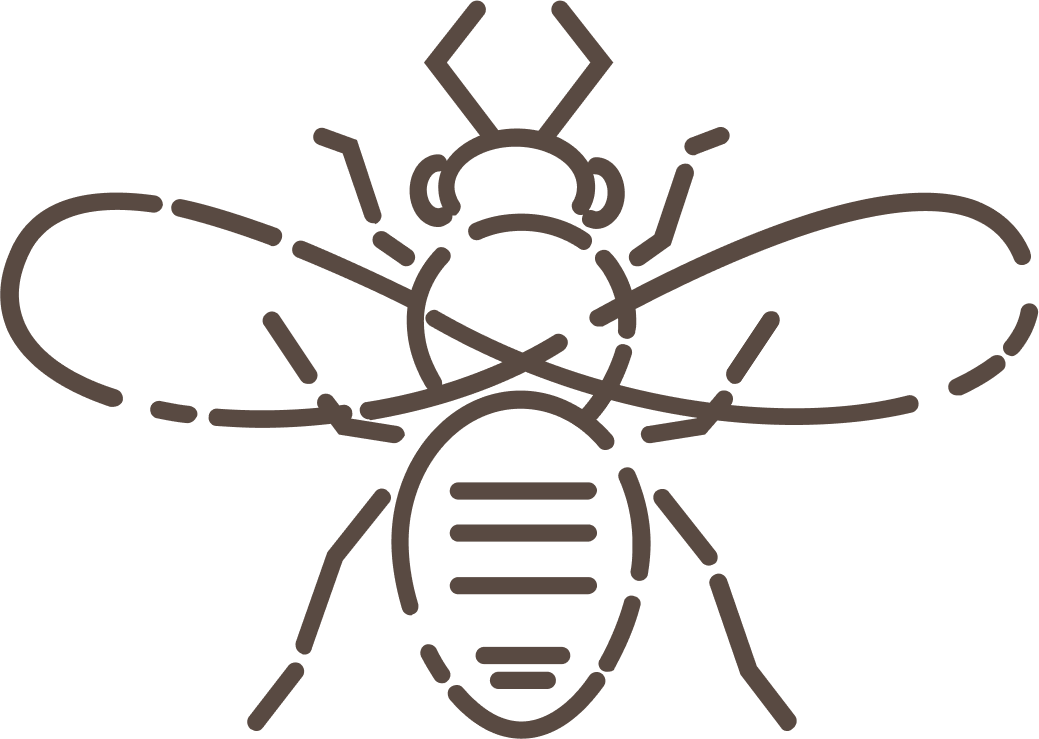Yucca Moths
The yucca moth is a small, white moth native to North America, known for its interdependent relationship with the yucca plant. Because the yucca plant has extended its range east and north, the yucca moth has expanded its range across North America. Unlike many other butterfly and moth species, the yucca moth lacks a long tongue. Instead, this moth has tentacles around its mouth, which it uses to collect pollen.
Relationship with the Yucca Plant
There are multiple species of yucca, each with their corresponding yucca moth pollinator. The yucca moth and yucca plant are interdependent, meaning they cannot live without each other. The yucca plant relies on the yucca moth for pollination, and the yucca moth relies on the yucca plant as a food source and to reproduce.
Yucca Moth Life Cycle
The female yucca moth emerges from her cocoon in the spring, and mates with a male yucca moth. She collects and stores pollen in the specialized tentacles around her mouth and moves to a different yucca plant. She lays her eggs in the new yucca plant. In order to ensure this new yucca plant will produce a fruit and enough seeds to feed the larvae, she removes some of the pollen from under her chin and deposits on the stigma of the plant. This ensures both that her offspring are fed and that the plant will reproduce. In a few weeks, the eggs that the yucca moth laid become full-grown larvae. They drop to the ground and remain in cocoons until next spring.
Resources to Learn More
https://www.fs.fed.us/wildflowers/pollinators/pollinator-of-the-month/yucca_moths.shtml
https://www.nwf.org/Educational-Resources/Wildlife-Guide/Invertebrates/Yucca-Moths
This yucca moth is inside the flower of a yucca, Yucca glauca. Photo by Ann Cooper, BugGuide.net.


